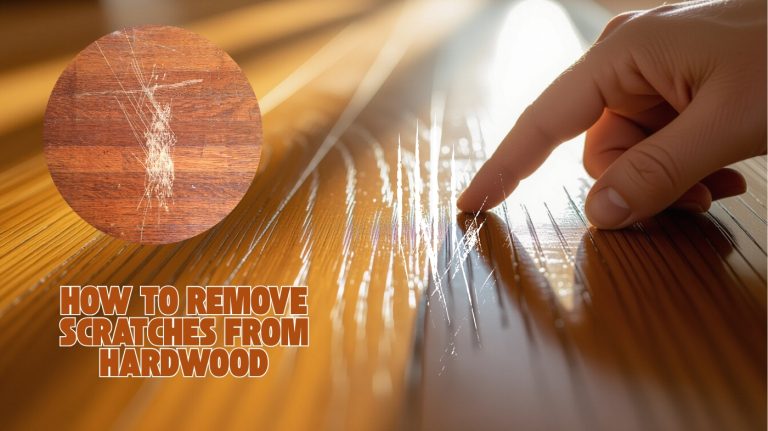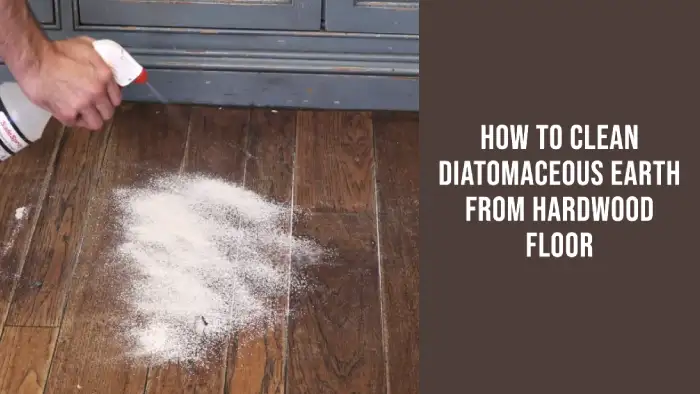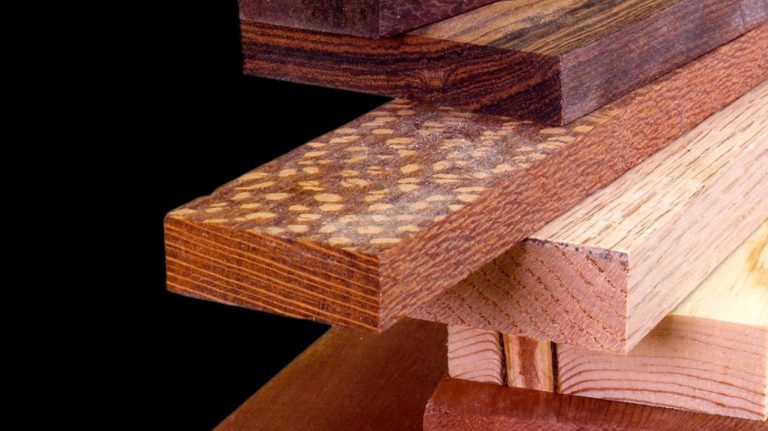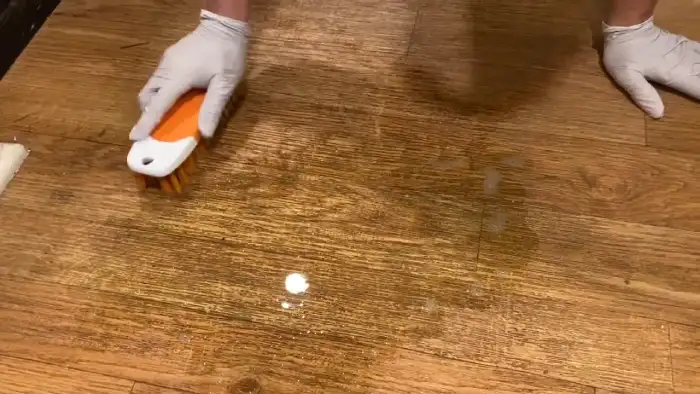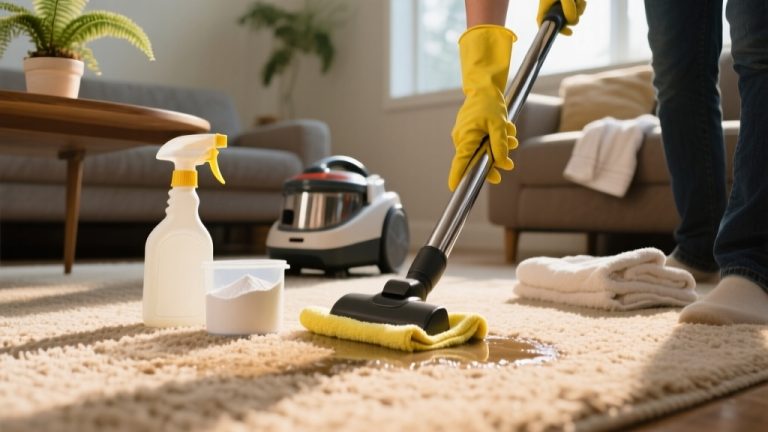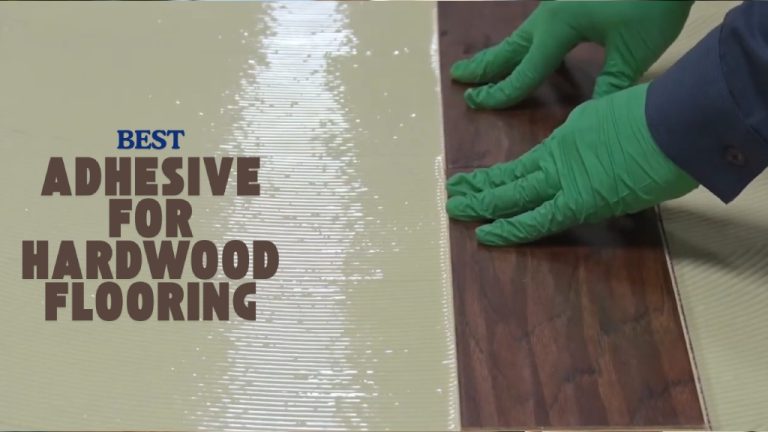To clean mold off hardwood floors, first protect yourself with an N95 mask, gloves, and goggles. Clear the area and ventilate well. Use white vinegar or a mild detergent to spray the moldy spots, let it sit 10–60 minutes, then gently scrub with a soft brush.
Wipe with a damp cloth and dry immediately to avoid moisture buildup. Regularly controlling humidity and moisture keeps mold away. If you want to know the safest methods and prevention tips, there’s more to explore.
Key Takeaways
- Wear N95 respirator, gloves, goggles, and protective clothing before cleaning mold on hardwood floors to ensure safety.
- Sweep or vacuum moldy areas while wearing protective gear to remove loose mold spores and debris.
- Apply white vinegar or mild detergent to mold spots, let sit 10–60 minutes, then gently scrub with a soft brush.
- Wipe treated areas with a damp cloth, dry immediately, and lightly sand if necessary to remove residual mold.
- Maintain indoor humidity below 50% and seal floors regularly to prevent mold regrowth on hardwood surfaces.
Essential Safety Precautions Before Cleaning Mold
Before you start cleaning mold off hardwood floors, you need to prioritize your safety by using the right personal protective equipment. Always wear a NIOSH-approved N95 respirator at a minimum to avoid inhaling mold spores; for extensive work, opt for a half-face or full-face respirator.
Protect your hands with non-latex gloves made of vinyl, nitrile, or rubber to prevent skin contact. Wear goggles that fully shield your eyes, and avoid open-vent safety glasses.
Cover exposed skin with protective clothing. Never touch mold with your bare hands. Mold produces toxins, VOCs, and metabolites that can cause health issues, so wearing appropriate PPE is essential.
Next, isolate the cleanup area by sealing doorways and vents with plastic sheeting to contain spores. Turn off HVAC systems to prevent spreading spores. Use HEPA-filter vacuums during and after cleaning. It is also important to control moisture levels to prevent mold regrowth after cleaning.
Recommended Cleaning Solutions for Mold Removal
When tackling mold on hardwood floors, choosing the right cleaning solution makes all the difference in effectively removing mold without damaging your wood. White vinegar is a top choice, it kills mold spores deeply and requires no rinsing, minimizing moisture exposure.
First, identify and remove the mold to prevent further damage and health risks, as mold removal is the crucial initial step. Hydrogen peroxide (3%) works well too, offering strong antifungal effects and safe use on porous wood.
For gentler cleaning, a mild detergent mixed with warm water can scrub mold from painted or stained surfaces, but you must dry the area immediately. Applying a protective sealer or top coat after cleaning can help prevent future mold growth by sealing the wood surface.
Baking soda paste is another non-toxic option that cleans and deodorizes without harsh chemicals. Use diluted bleach only on sealed floors and as a last resort, since it risks discoloration and demands careful handling.
Step-by-Step Mold Cleaning Process on Hardwood Floors
Since mold can spread quickly and damage your hardwood floors, you’ll want to start by clearing the area completely, removing furniture and rugs to expose the entire affected surface. Next, sweep or vacuum to remove dust and debris, wearing gloves and a mask for protection.
Wear gloves and a mask while sweeping or vacuuming to safely remove dust and debris.
Ventilate the room well before applying a mild detergent or vinegar solution to the moldy spots. White vinegar is a natural disinfectant that’s effective against mold and can be sprayed directly onto moldy spots for treatment.
Let it sit for 10–60 minutes, then gently scrub with a soft brush to lift mold without harming the wood. Wipe with a damp cloth and dry immediately with a clean towel.
For stubborn mold, lightly sand with fine-grit sandpaper, carefully collecting dust. Finally, dry thoroughly using fans or dehumidifiers to prevent regrowth and inspect for any missed areas.
Tips to Prevent Mold Growth on Hardwood Surfaces
Although mold can be stubborn, you can substantially reduce its growth on hardwood floors by managing indoor humidity and moisture levels carefully.
Keep humidity between 30% and 50% using dehumidifiers, especially in basements and bathrooms. Monitor moisture with a hygrometer and ventilate humid areas like kitchens and laundry rooms well.
Applying a waterproof sealant to baseboards and floor edges can further protect against moisture intrusion. Seal your hardwood floors properly with high-quality finishes and reseal regularly to maintain moisture barriers.
Clean up spills immediately and avoid trapping moisture under rugs or furniture. Proper sealing and installation practices reduce open joints and gaps that harbor moisture. Improve air circulation by opening windows and using exhaust fans.
Regularly inspect crawl spaces and subfloors for dampness and repair any leaks promptly. Finally, clean floors with damp mops and natural mold inhibitors like vinegar to prevent mold before it starts.
When to Seek Professional Help for Mold Infestations?
If you notice mold spreading extensively across your hardwood floors or lurking beneath them, you should consider calling in professionals. When mold covers large areas, penetrates wood deeply, or returns after cleaning, surface treatments won’t cut it.
Moisture accumulation from leaks or high humidity can create damp environments that foster persistent mold growth, requiring expert treatment. Additionally, improper DIY attempts may lead to further wood damage that compromises the floor’s integrity.
Also, seek help if you spot warping, structural damage, or hidden mold under floors. Health concerns like allergies, asthma, or vulnerable household members make expert intervention essential, especially if toxic mold is suspected.
DIY methods often miss roots, risk spreading spores, and can’t address moisture or water damage properly. Professionals use specialized tools to inspect, contain, and treat mold safely, restoring your floors effectively.
Frequently Asked Questions
Can Mold on Hardwood Floors Cause Long-Term Health Problems?
Yes, mold on hardwood floors can cause long-term health problems. If you’re exposed to mold spores regularly, you might experience chronic respiratory issues like sinusitis, persistent coughing, or even hypersensitivity pneumonitis.
Toxic molds, such as black mold, can lead to neurological problems and worsen asthma symptoms. Infants and sensitive individuals face higher risks. Acting quickly to prevent and remove mold helps protect your health from these serious complications.
How Does Humidity Specifically Affect Mold Growth on Hardwood Floors?
Did you know mold thrives when indoor humidity exceeds 50%? When humidity stays high, moisture gets trapped in your hardwood’s cracks, creating a perfect breeding ground for mold. You’ll notice musty smells before mold’s visible.
High humidity also causes wood to expand and crack, letting mold settle deeper. To protect your floors, keep indoor humidity between 30-50% using dehumidifiers and good ventilation to stop mold growth at its source.
Are Certain Types of Wood More Prone to Mold Than Others?
Yes, some woods are more prone to mold than others. You’ll find that hickory, red oak sapwood, hard maple, and white ash are quite susceptible to mold growth due to their chemical makeup and open grain structures.
On the flip side, woods like yellow poplar heartwood, ipé, and yellow balau resist mold better thanks to natural chemical extracts. Choosing mold-resistant wood and sealing it properly helps you avoid mold problems.
What Are the Signs That Mold Has Penetrated Deep Into Hardwood?
You’ll notice warped or buckled floorboards, soft or spongy spots when you step on them, and discoloration like dark stains or streaks. Mold penetrating deeply also causes peeling or flaking wood, lingering musty odors, and sometimes allergic reactions.
Using a moisture meter can reveal high moisture inside. If the floor feels weak or the smell won’t go away after cleaning, mold has likely invaded beneath the surface.
Can Mold Spores Spread to Other Areas During Cleaning?
Yes, mold spores can spread to other areas during cleaning if you’re not careful. When you disturb mold by scrubbing, sanding, or lifting floorboards, you release spores into the air, which then travel throughout your home.
To prevent this, you should use HEPA vacuums, wear protective gear, seal contaminated debris properly, and guarantee good ventilation. Taking these steps helps contain spores and stops them from spreading while you clean.
Gently Remove Mold Without Damaging Wood
Cleaning mold off your hardwood floors might seem intimidating, but with the right precautions and solutions, it’s completely manageable. Coincidentally, the same steps that protect your floors from mold, like proper ventilation and moisture control, also keep your entire home healthier.
By following the detailed process and staying vigilant, you’ll not only restore your floors but also prevent future issues. And if the mold persists, don’t hesitate to call in a professional for help.

